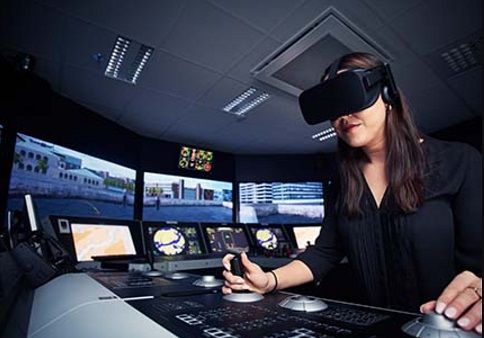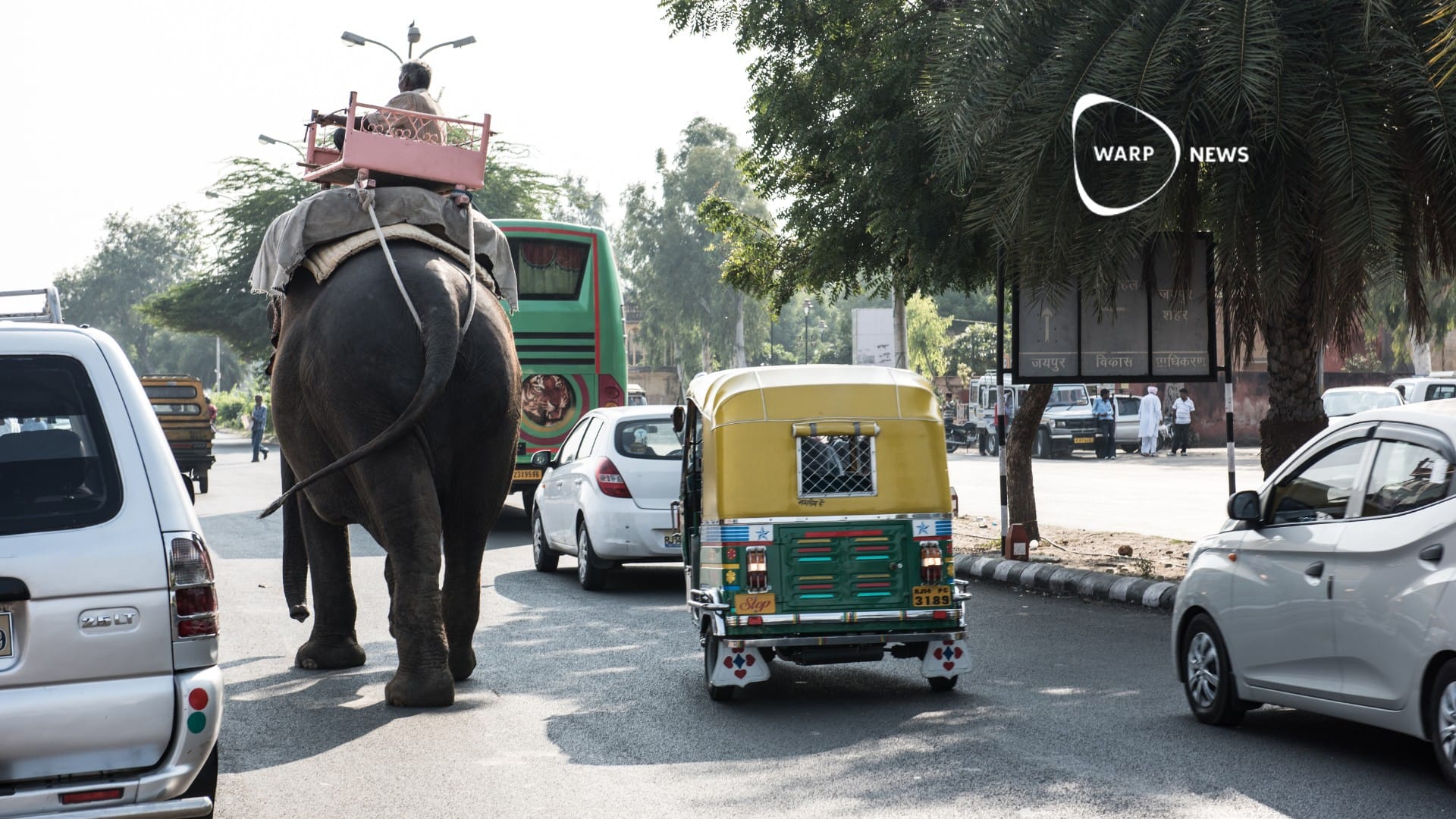
🚢 Safer shipping with VR training
VR training gives students the opportunity to practice both common and unusual situations when piloting large ships.
Share this story!
Navigating a large ship safely takes a lot of practice. Virtual reality, VR, can give future sea captains the opportunity to learn how to handle all types of situations safely.
"VR technology is an engaging tool that can be used in a realistic way in maritime training to increase competence and safety on board, without risks to either people or the environment" says Scott MacKinnon, professor of maritime studies at Chalmers, in a press release.
At Chalmers, Scott MacKinnon and other researchers are on their way to further develop the VR education that already exists to give students the opportunity to practice in even more situations than today.
"By using VR technology in maritime education, students can be trained to deal with challenging situations that can arise at sea - for example, if the ship were to get caught in heavy traffic, or if there was an engine failure, or if there might be a cyber attack against the ship. Then, with this technology in education, we can increase safety and ensure that this type of challenge does not lead to accidents. In addition, it also creates opportunities for us to be able to test new navigation technology before it is put into use in real ship traffic" says Scott MacKinnon.
In order to get sufficiently realistic VR, large amounts of data are needed. Chalmers has therefore joined the Marisot project, where the goal is to collect enormous amounts of data and then use machine learning to create realistic situations that the students can practice.
Among other things, the project will collect data from the students themselves to see how they act in different situations.
"The VR glasses were not only used to visualize a given scenario, but with the help of so-called "eye-tracking" we were also able to obtain data on where the test subjects looked, for how long, and which functions were used in the equipment - radar, telegraph, steering, and so on. In addition, the researchers at Marisot believe that it will also be possible to measure changes in the size of the test person's pupils in given scenarios, which can indicate whether the person in question is stressed or not" says Reto Weber, technology lecturer in maritime studies at Chalmers and another of the researchers behind the project.
By becoming a premium supporter, you help in the creation and sharing of fact-based optimistic news all over the world.


